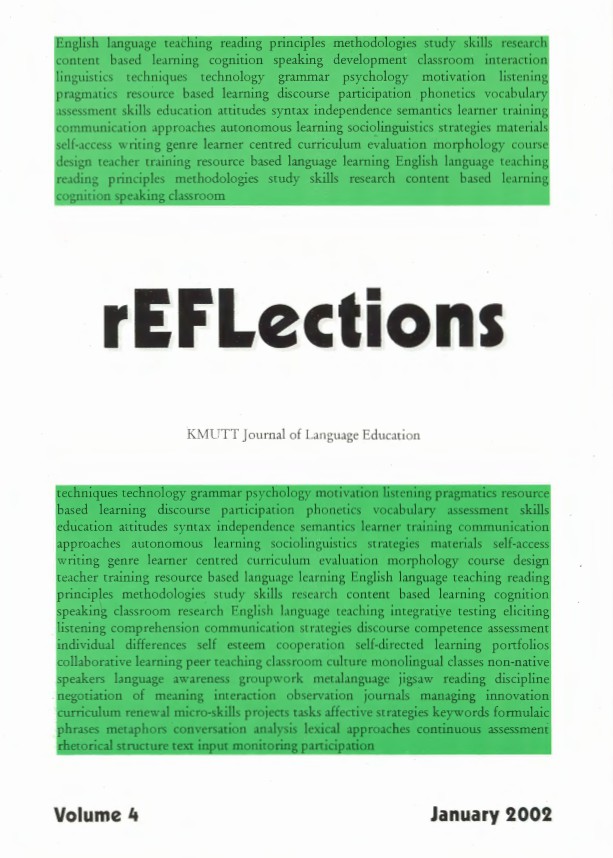Hierarchies and networks in applied linguistics
Main Article Content
Abstract
Methods of representing findings are rarely given careful consideration in applied linguistics. One example is the general preference for hierarchies rather than networks to represent relationships between concepts, largely because of the more easily understandable structure and seeming objectivity of hierarchies. However, the purported objectivity of hierarchies is open to dispute on several grounds. Networks, on the other hand, are the preferred way of representing relationships in much of cognitive psychology, mainly because they fit the research results well and are more empirically valid. Focusing on ways of representing organisation of concepts, this paper compares the use of hierarchies and networks as methods of representing relationships with an example of how each might be used to investigate topical relevance in aphasic discourse. It is concluded that, while hierarchies are clearer and easier to work with, networks provide a more valid method of representation.


